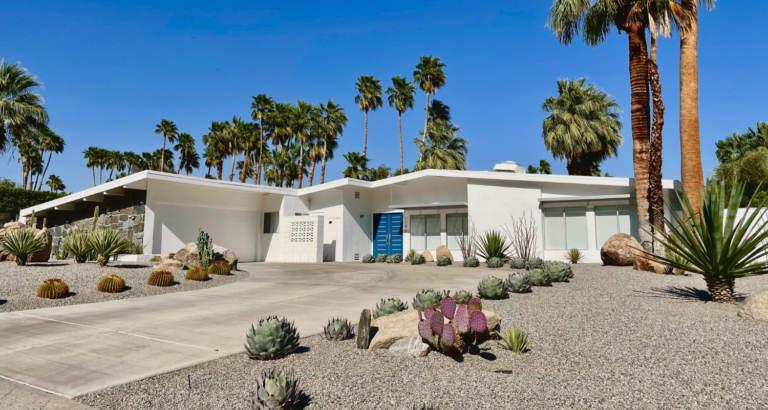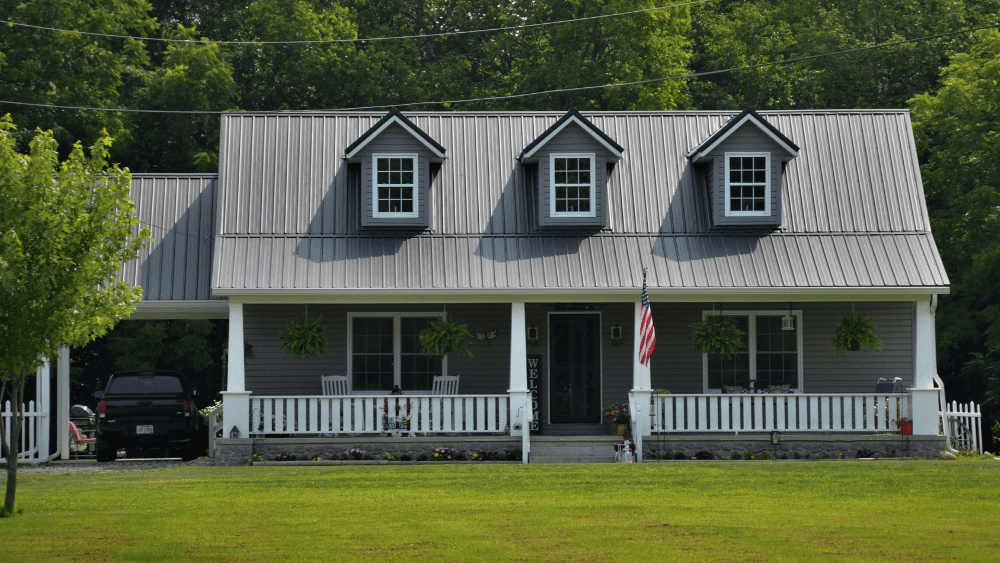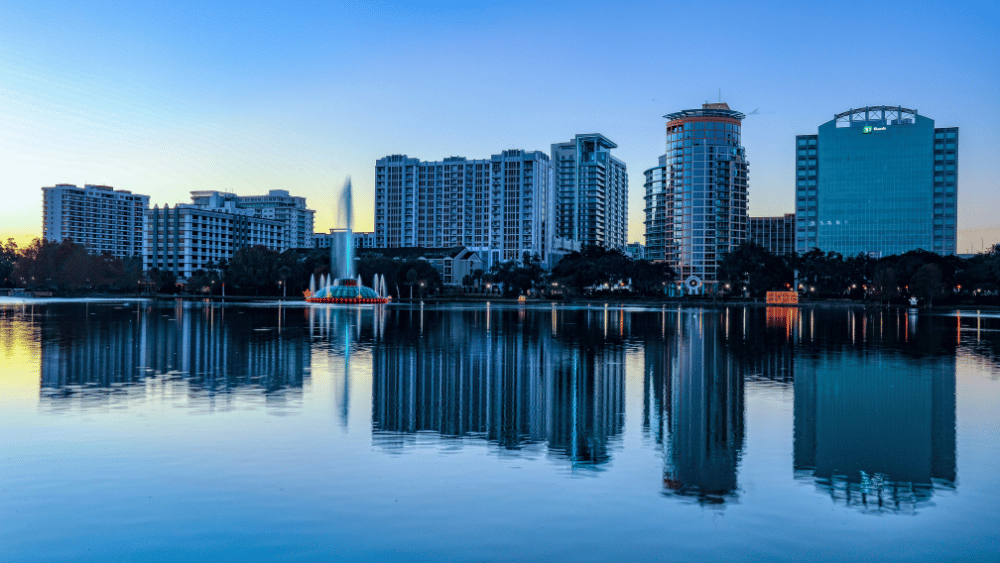
It’s finally summer and the first true scorcher of the year is on your doorstep. To keep your home comfortable (and habitable), you do what anyone would: reach for the thermostat to seek the reliable, cool relief of your air conditioning unit. However, you’re shocked to discover that your vents are blowing warm air or even not blowing at all! A busted AC unit is no joke and can make for a miserable home. Thankfully, replacing your air conditioner is a manageable task if you know what steps to take. To offer you some guidance through the process, HomeLight sought advice from an HVAC expert and used their insight to create a simple checklist for restoring your cool air. Short of hot air blowing out of your vents, there are a number of “red flags” that can give you an early warning that you’ve got a problem with your AC. Mark Dawson, COO of One Hour Heating and Air Conditioning, let us know some warning signs to look out for: While not all of these issues mean that you need a new AC unit, they all indicate it’s time for unit maintenance. Warning signs that you need to replace your air conditioner unit entirely include: HomeAdvisor, a company that connects customers with professionals and aggregates data from the resulting quotes, reports that the average cost to install a central air conditioning system is about $3,811 to $7,480. This price fluctuates depending on a few different factors, including the specific AC unit you choose, the difficulty of the installation, labor costs in your market, and additional necessary work like ductwork repair. To get the best deal, you’ll need to learn more about your home’s needs and the options available to you. HVAC systems are complicated and, if you aren’t an HVAC professional yourself, it’s wise to seek out a professional who can inspect your system and home and let you know what you need to do to successfully replace your unit. The average hourly rate for HVAC labor is $90 to $100. You can find HVAC technicians near you on websites like Angi that connect people with professional service providers. Always ask professionals for their experience and licenses before hiring them. You can also read recent client feedback on Yelp and other review sites. In some instances, the AC isn’t the main issue; another malfunctioning system in your home might be the root of the problem. If this is the case, restoring your AC could simply mean replacing your fuse box or thermostat. Here are a few things to check up on before pulling the trigger on paying for a full AC replacement: If you’ve exhausted all other possibilities and confirmed that you do need to replace your AC unit, it’s time to start looking at your options. Here are some popular choices: In a split-system central air conditioner, the condenser and compressor are located in an outdoor metal cabinet, and the evaporator is located in an indoor cabinet. The advantage of these systems is that they don’t require ducts and have greater zone control if you install multiple systems throughout your home. Here are a couple of top-rated options: In a packaged central air conditioner, the evaporator, condenser, and compressor are located in one cabinet, which is typically located on a roof or on a concrete slab next to the home’s foundation. These systems are cheaper to install but offer less zone control — typically leading to increased energy bills. Two best-sellers include: Rightsizing, or matching the size of your AC to your home, is also important. As Dawson points out: “If your AC unit is too small, it will run constantly without ever properly cooling your home, gobbling up an excess of electricity while it’s at it. If you buy an oversized model, on the other hand, it will cycle on and off too frequently, leading to excessive wear and tear as well as inflated bills to cover cooling power that you don’t even need.” One benefit of replacing your air conditioner? You’ll likely upgrade to a more energy-efficient model, which is gentler on the earth and your utility bills. Modern air conditioners seriously outperform older models. The best air conditioners on the market today use half as much energy to produce the same amount of cooling as models from the 1970s. Even when compared to air conditioners from just a decade ago, newer models can save you 20% to 40% of your cooling energy costs. Dawson emphasizes that these savings are substantial considering the average household spends 40% of its energy budget on heating and cooling. Once you’ve done all your due diligence, it’s time to pull the trigger. Find an experienced HVAC technician to install your new system. After the job is complete, switch your AC on, set the thermostat, and enjoy finally escaping from the summer heat.1. Note common “red flags” that indicate an issue
2. Start saving — big time
3. Hire a professional to inspect the system
4. Check for the condition of related systems
5. Research replacement options
Split-system units
Packaged unit
6. Keep energy efficiency in mind for your replacement system
7. Get your system installed and enjoy your fresh, cool air



